GPCR/G protein
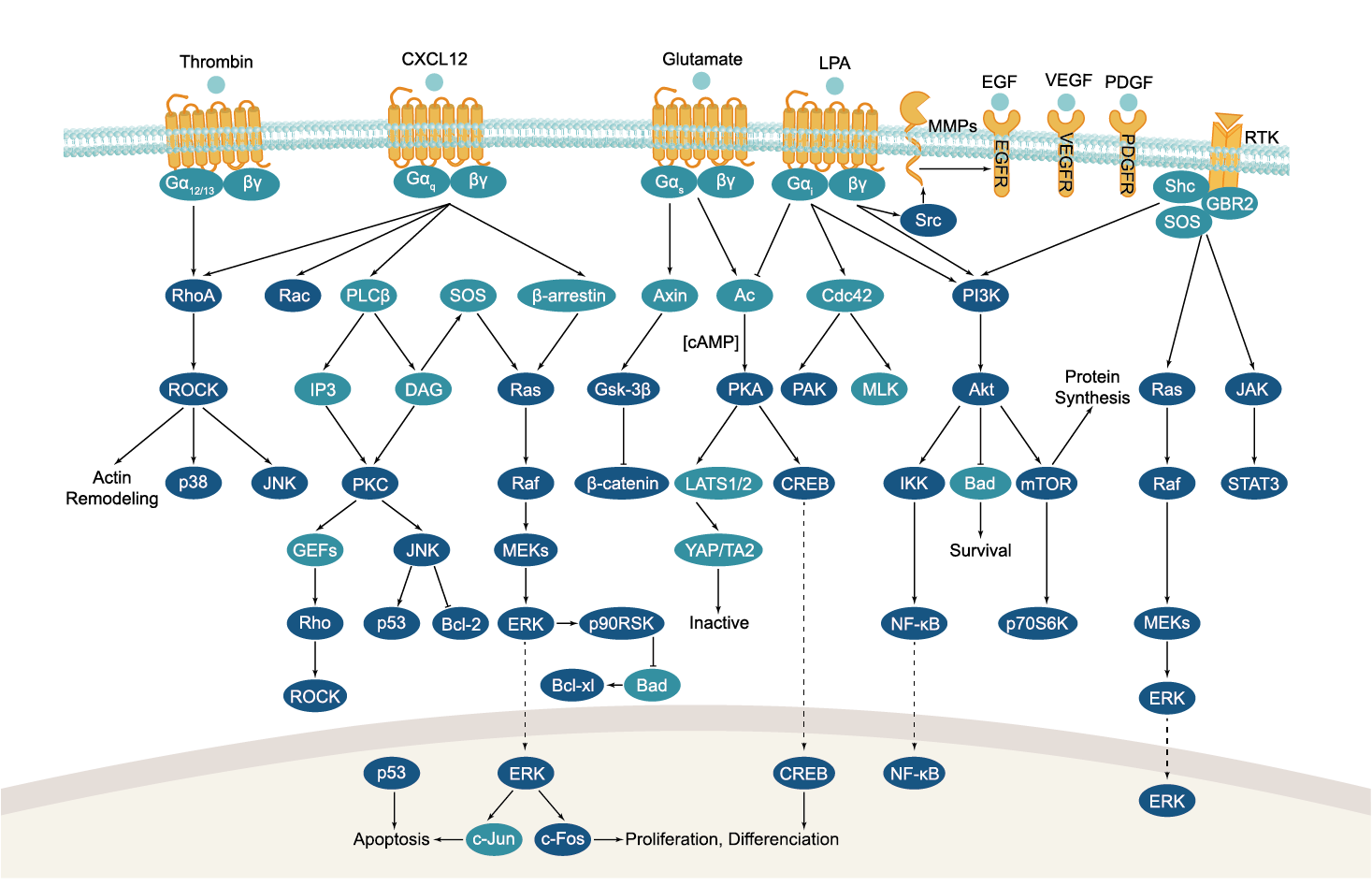

All GPCRs share a common seven trans-membrane structure. GPCRs are associated with heterotrimeric G-proteins which are GTP-binding proteins made of alpha, beta, and gamma subunits. When a ligand binds to GPCR, it activates the attached G-protein, the GDP is replaced with GTP. The activated G-protein then dissociates into an alpha and a beta-gamma complex which activates downstream signaling pathways. These intracellular signaling pathways include cAMP/PKA, calcium/NFAT, phospholipase C, protein tyrosine kinases, MAP kinases, PI-3-kinase, nitric oxide/cGMP, Rho, and JAK/STAT.
GPCRs are one of the most important therapeutic targets for various diseases, over 30% of all modern medicinal drugs target this family. Aberrant GPCR functions are involved in pathological conditions such as neurological, immunological and hormonal disorders. A large number of GPCRs have been identified, but whose ligands are not known, are classified as orphan receptors.
-
 C5824 GPR120 Compound ASummary: orally available, high-affinity agonist of GPR120
C5824 GPR120 Compound ASummary: orally available, high-affinity agonist of GPR120 -
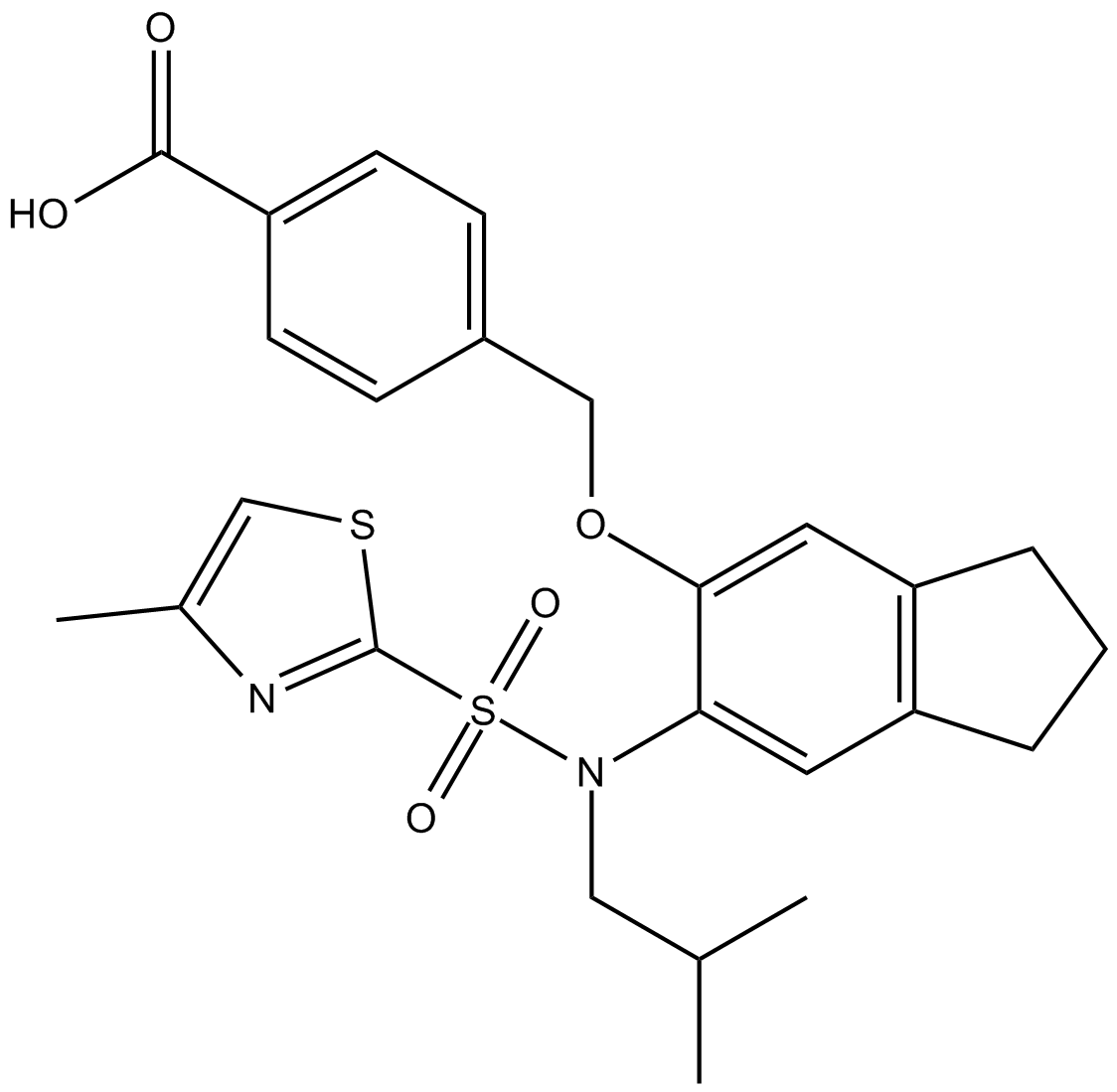 C5743 ONO-8130Summary: orally bioavailable antagonist of the prostaglandin E2 (PGE2) receptor EP
C5743 ONO-8130Summary: orally bioavailable antagonist of the prostaglandin E2 (PGE2) receptor EP -
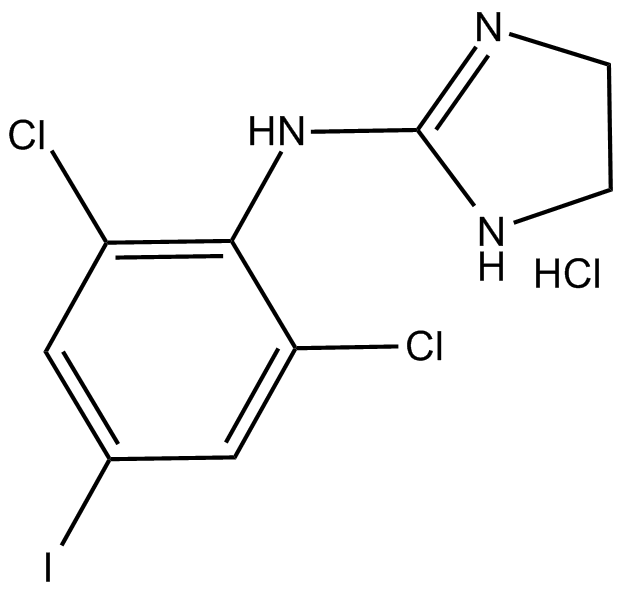 C5822 p-iodo-Clonidine (hydrochloride)Summary: partial agonist of the α2-adrenergic receptor
C5822 p-iodo-Clonidine (hydrochloride)Summary: partial agonist of the α2-adrenergic receptor -
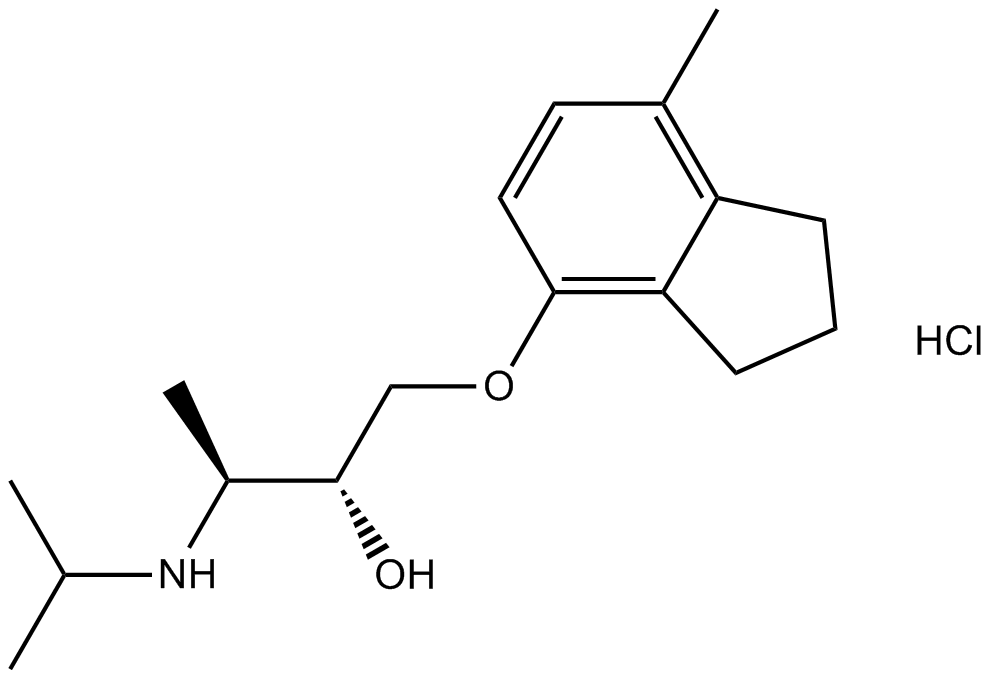 B1004 ICI 118,551 hydrochlorideSummary: Highly selective β2 adrenergic receptor antagonist
B1004 ICI 118,551 hydrochlorideSummary: Highly selective β2 adrenergic receptor antagonist -
 B1198 CisaprideTarget: Voltage-gated Potassium (KV) Channels|5-HT4 ReceptorSummary: 5-HT4 receptor agonist
B1198 CisaprideTarget: Voltage-gated Potassium (KV) Channels|5-HT4 ReceptorSummary: 5-HT4 receptor agonist -
 B1297 SiramesineSummary: Sigma (σ) receptor agonist
B1297 SiramesineSummary: Sigma (σ) receptor agonist -
 B1005 VilanterolSummary: β2-AR agonist
B1005 VilanterolSummary: β2-AR agonist -
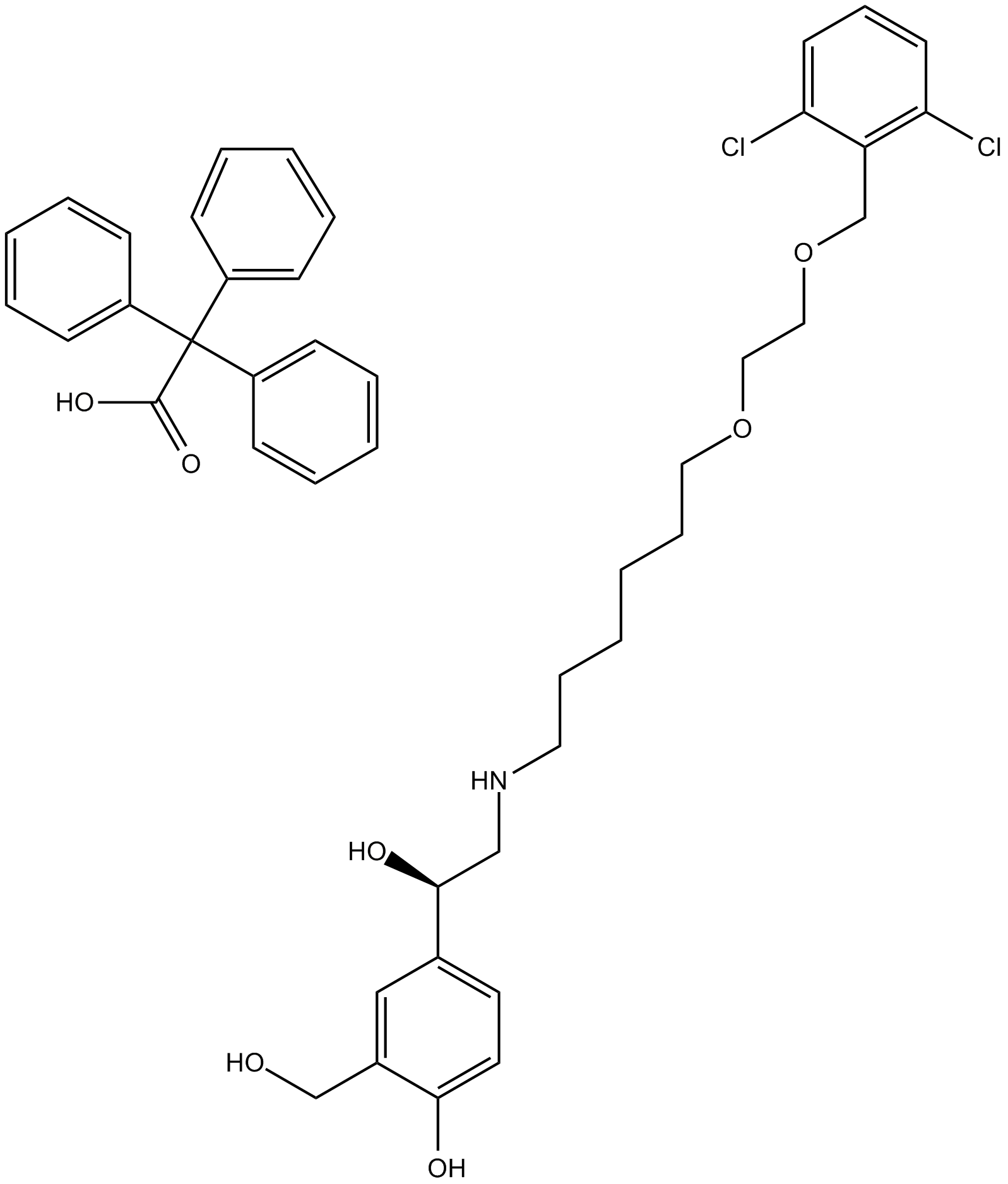 B1006 Vilanterol trifenatateSummary: β2-AR agonist
B1006 Vilanterol trifenatateSummary: β2-AR agonist -
 B2256 SB742457Summary: 5-HT6 receptor antagonist,highly selective and high affinity
B2256 SB742457Summary: 5-HT6 receptor antagonist,highly selective and high affinity -
 B2240 OlanzapineTarget: 5-HT2 Receptors|D2 ReceptorsSummary: Antagonist of 5-HT2A and dopamine D2 receptors
B2240 OlanzapineTarget: 5-HT2 Receptors|D2 ReceptorsSummary: Antagonist of 5-HT2A and dopamine D2 receptors


